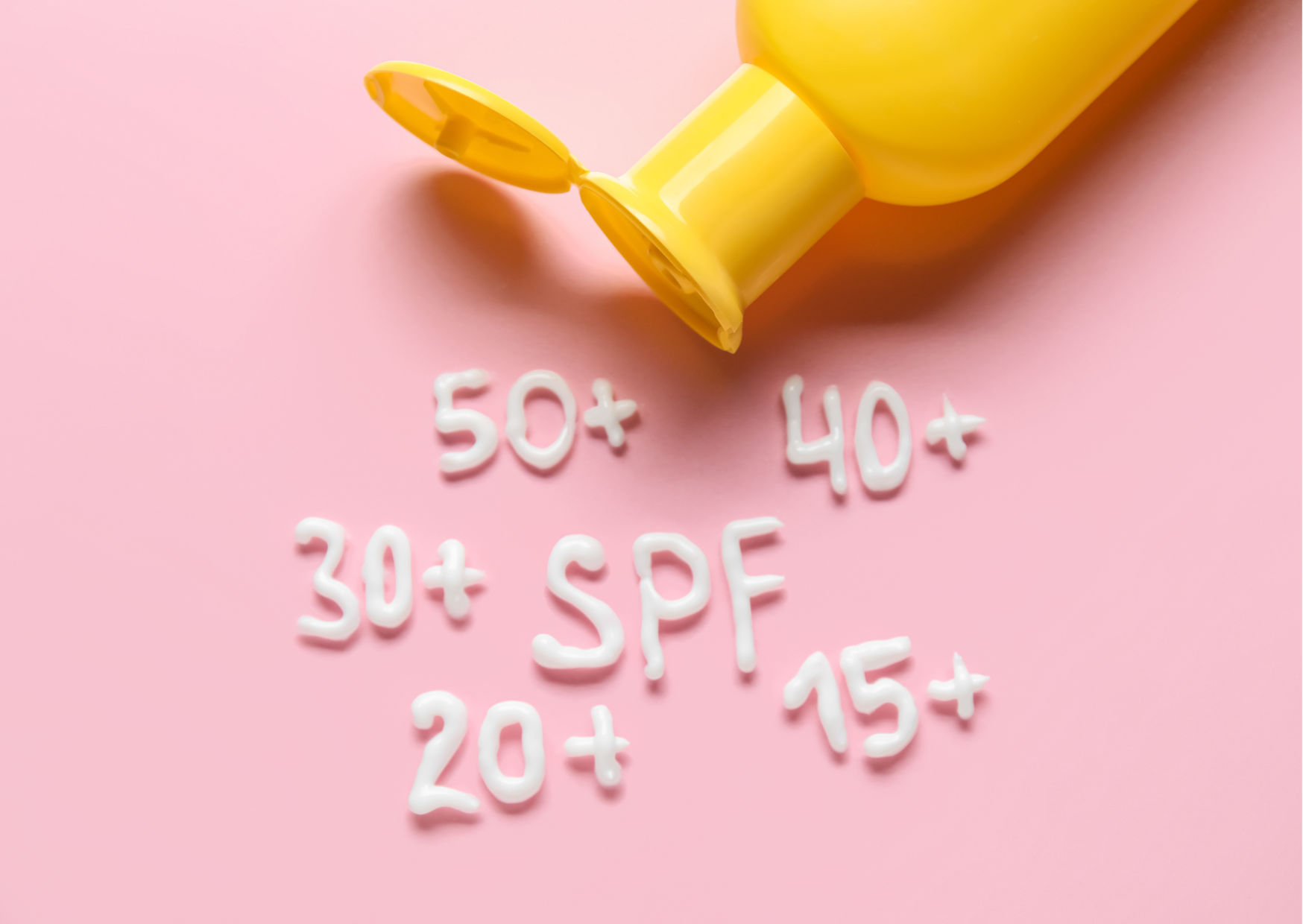
What Is SPF in Sunscreen?
Everyone needs sunscreen, whether the sun is glaring on top of their heads or it’s a cloudy day. Escaping sunscreen even for a day can quickly make it into your big list of regrets in life. An easy fix is getting hold of a sunscreen with a good SPF. But what is SPF in sunscreen?
In this article, we will discuss everything that you need to know about SPF in sunscreens. Without further ado, let’s get started!
What is SPF?
If you want to know “what is SPF,” we should start with its full form Sun Protection Factor. The SPF of a sunscreen reveals the level of UVB protection provided by it. You will come across skincare products with various sun protection levels, including SPF 15, 30, and 50.
Let’s explain how different SPF levels work.
- SPF 15 can block up to 93% UVB radiation.
- SPF 30 can keep out around 97% of UVB radiation.
- SPF 50 can prevent around 98% of UVB radiation from getting absorbed by your skin.
In simple terms, an SPF 50 sunscreen ensures that your skin will experience sunburn 50 times lesser compared to without sunscreen. ensures it would take you 50 times longer to experience sunburn as compared to without sunscreen. A higher SPF range will obstruct more damaging rays from penetrating through the layers of your skin than a lower range SPF.
In an ideal world, higher SPF will offer increased sun protection and reduced skin damage. But using sunscreens with SPF 75 or 100 doesn’t make much sense. Keep scrolling to understand why.
Sunscreen SPF and Skin Protection
If you mostly stay indoors and spend minimum time outside, you can work with an SPF 20 sunscreen or even lower. If you remain exposed to the sun for long hours or travel continuously, you should go for sunscreen with SPF 30 or more. Other than SPF, factors that affect the level of protection your sunscreen offers are as follows:
- Skin type
- How frequently you apply your sunscreen
- Weather and environmental conditions
- Whether you sweat too much
- How much time you spend around reflective surfaces like sand and water
Also Read: Difference Between Chemical and Physical Sunscreen
Why Not Use a Sunscreen with a High SPF?
Several people are of the misconception that sunscreens with high SPFs are more effective for their skin. But the truth is SPF 100, or SPF 75, does not offer considerably better protection than an SPF 30 sunscreen.
For wide spectrum protection, the UVA protection needs to be at least one-third of the UVB protection. Sunscreens with a high SPF usually offer higher UVB protection than UVA. Therefore, it creates a false sense of increased protection for your skin.
Why Use a Tinted Sunscreen?
By this time, you already know that stepping without sunscreen can be a crime. You should know that, like other skin care products, sunscreens are also becoming more advanced. Beyond cream and gel sunscreens, you will now come across tinted sunscreens in the market.
While it offers obvious protection to your skin against the harmful rays of the sun, tinted sunscreens can add a hint of color to your skin. It brings a radiant glow to your skin and boosts your complexion. Tinted sunscreen is perfect for those mornings when you are running late and don’t have time for makeup.
Another advantage of tinted sunscreens is that you can apply them throughout the year. You don’t have to worry about your skin feeling greasy or dull after applying tinted sunscreen during the summer or monsoon. Additionally, it is lightweight and gives your skin a natural finish.
Conclusion
Are you tired of trying to find the best sunscreen for your skin? Thanks to The Pink Foundry, you have a natural option to protect your skin from the harmful rays of the sun. The Tinted Matte Mineral Sunscreen is all you need throughout the year to maintain that stunning glow on your face.






















































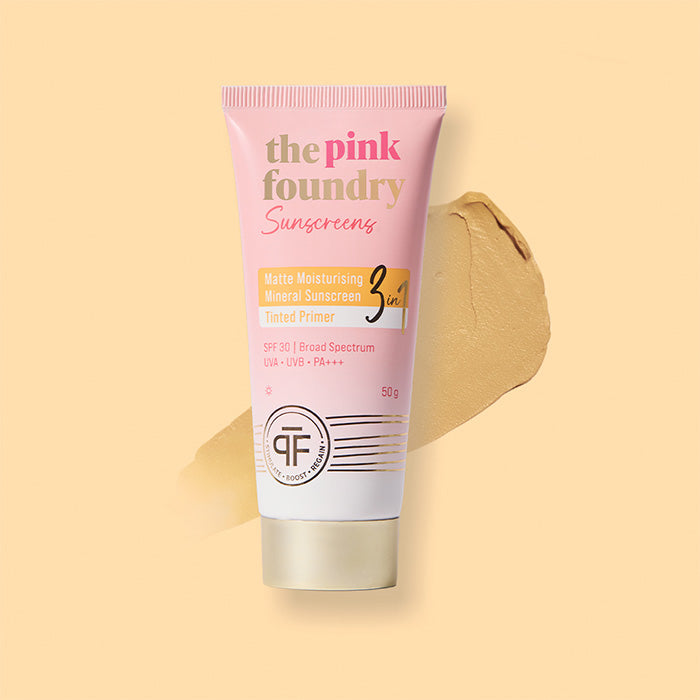



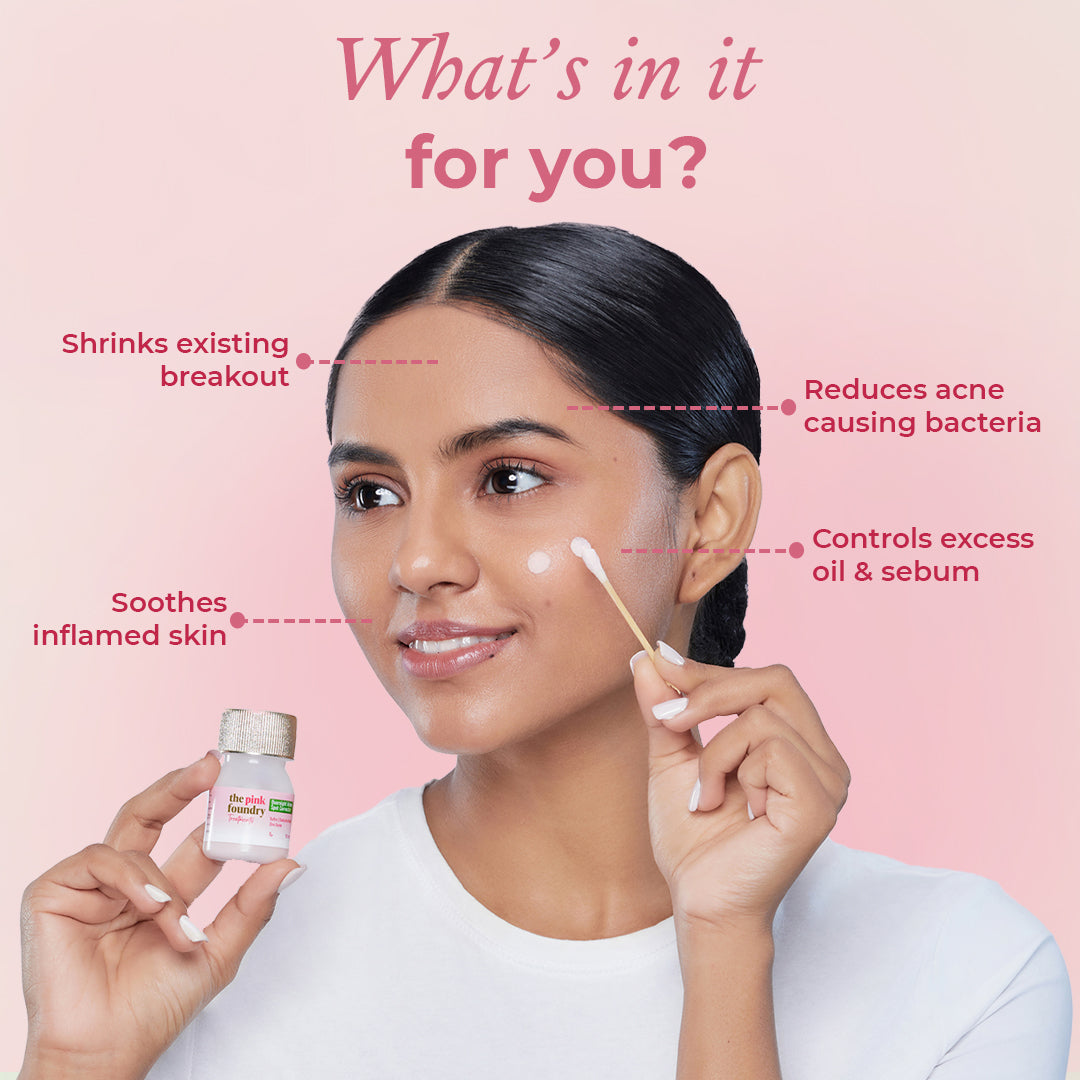
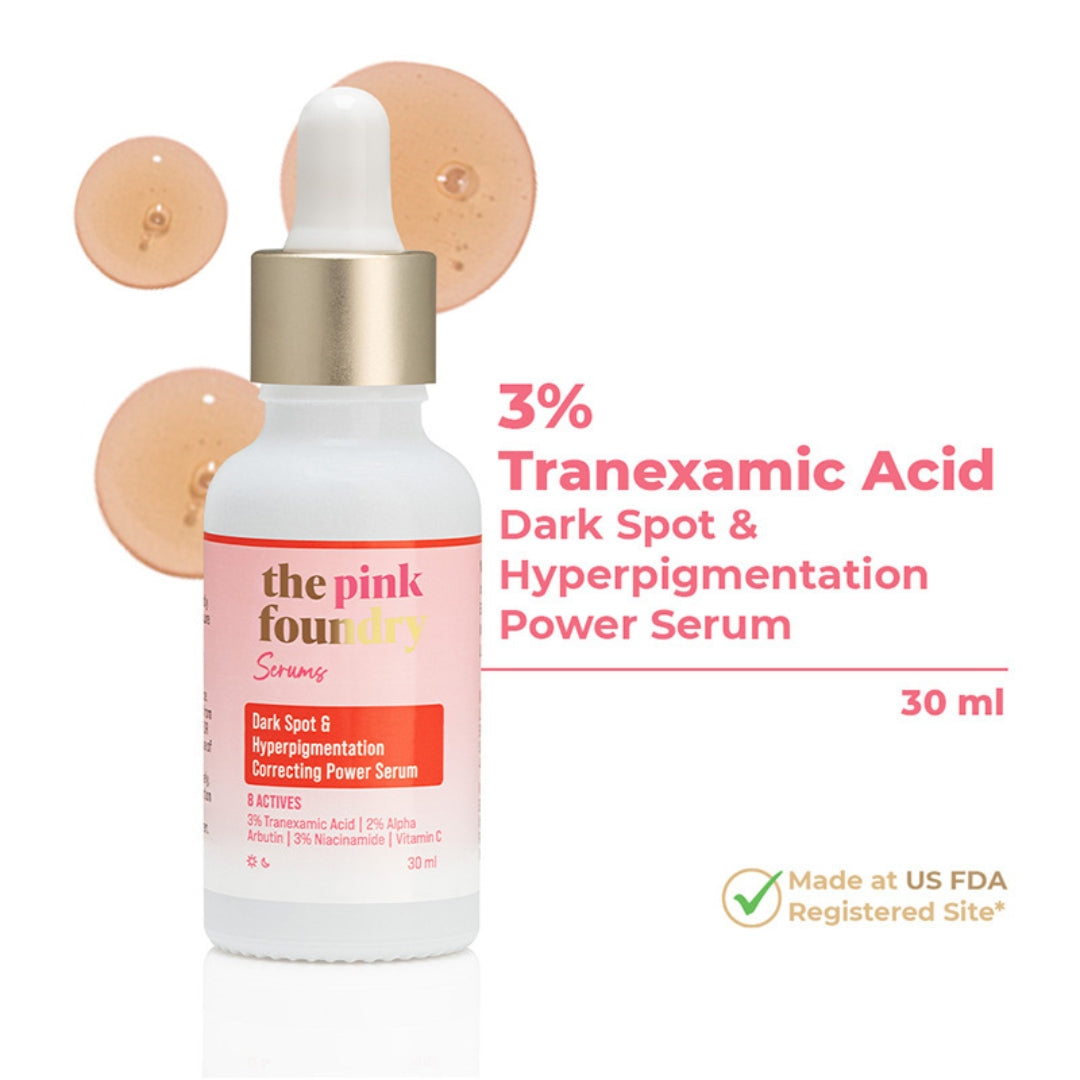
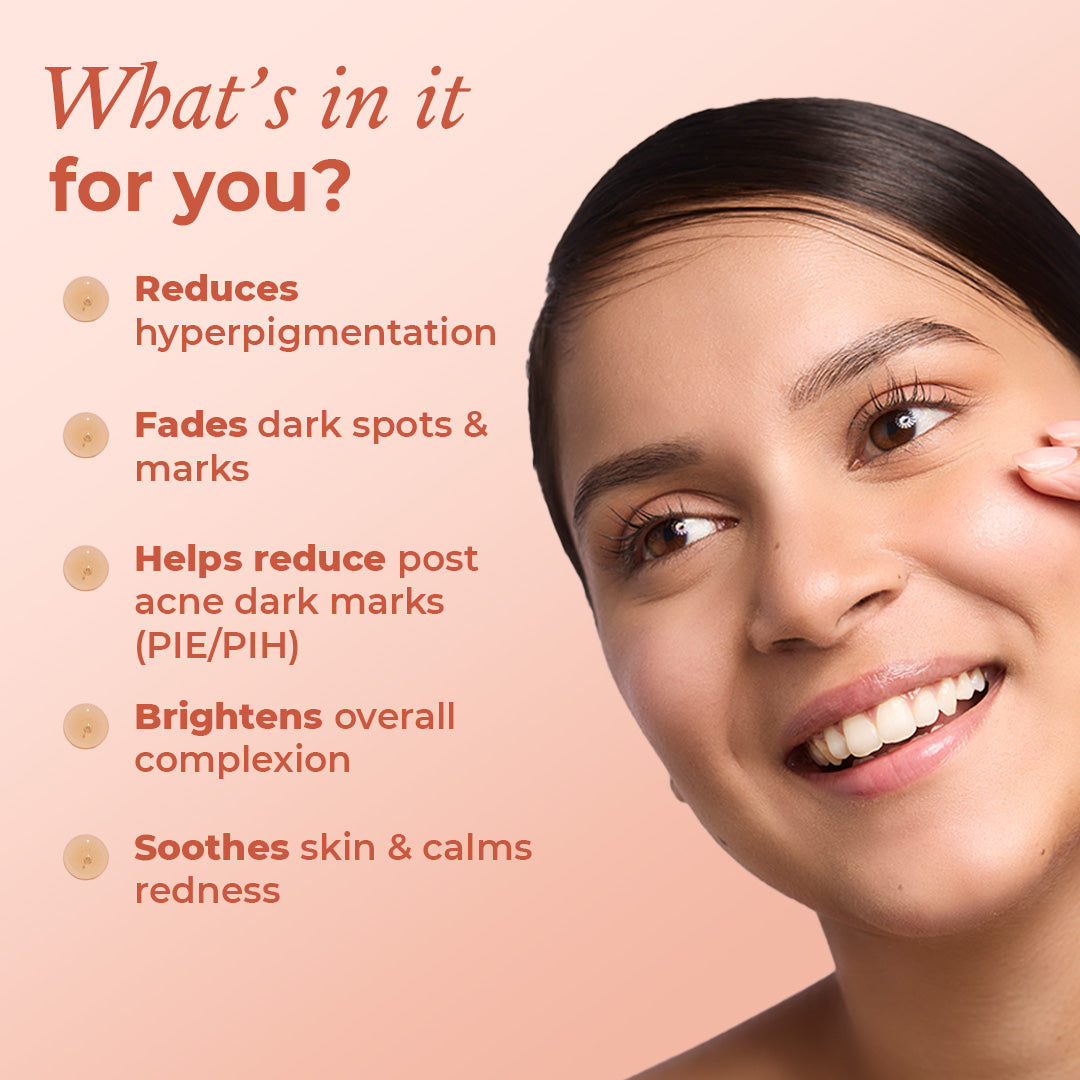
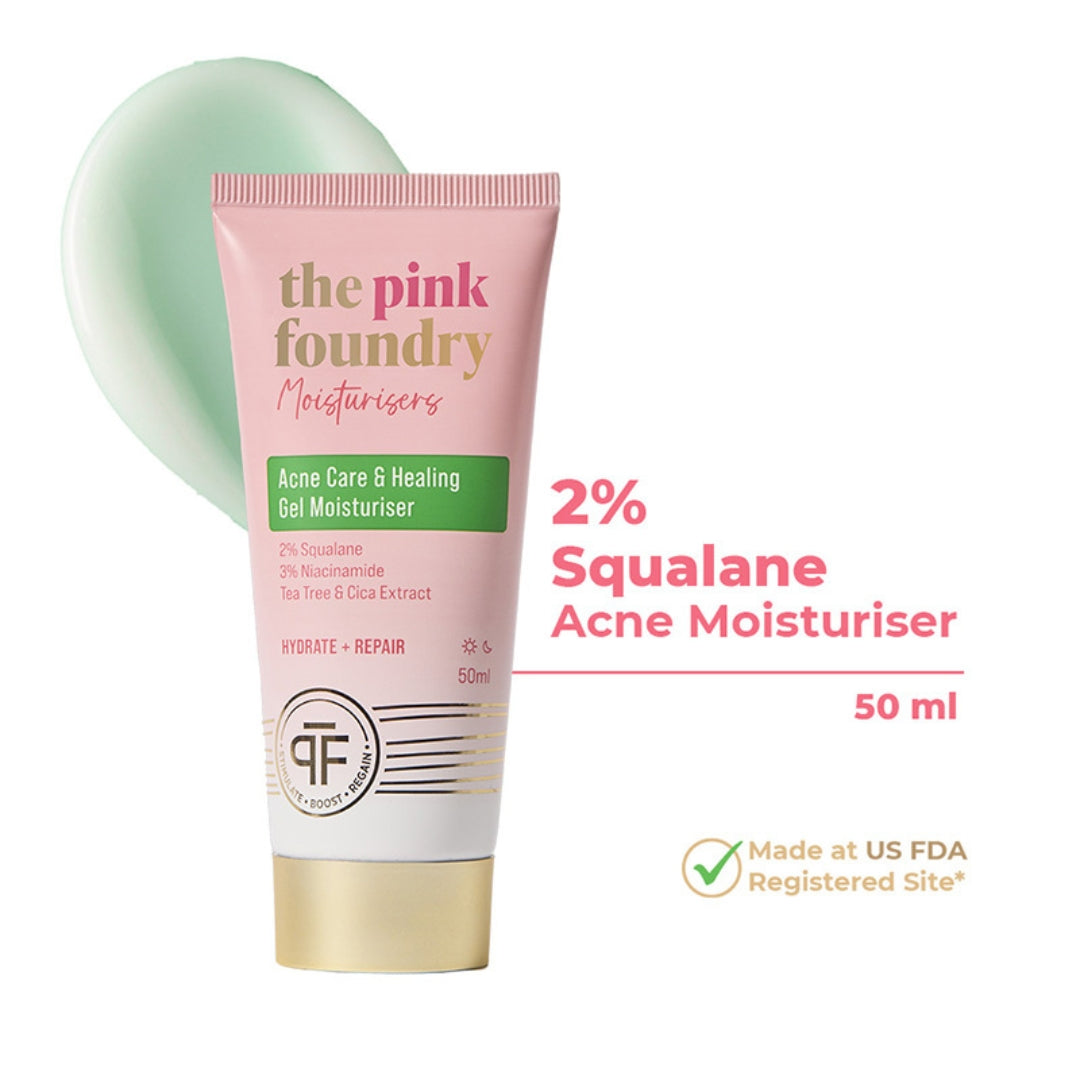
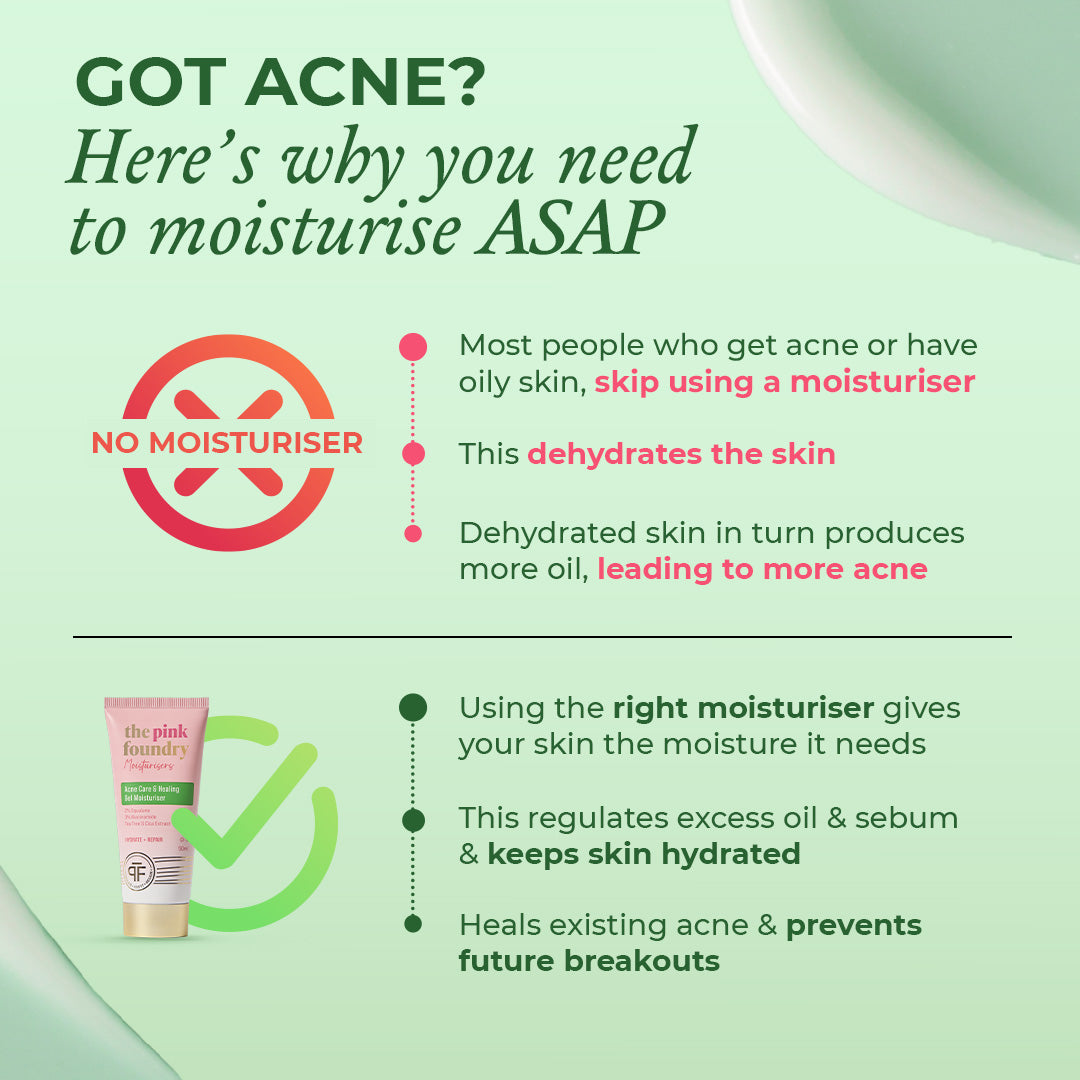
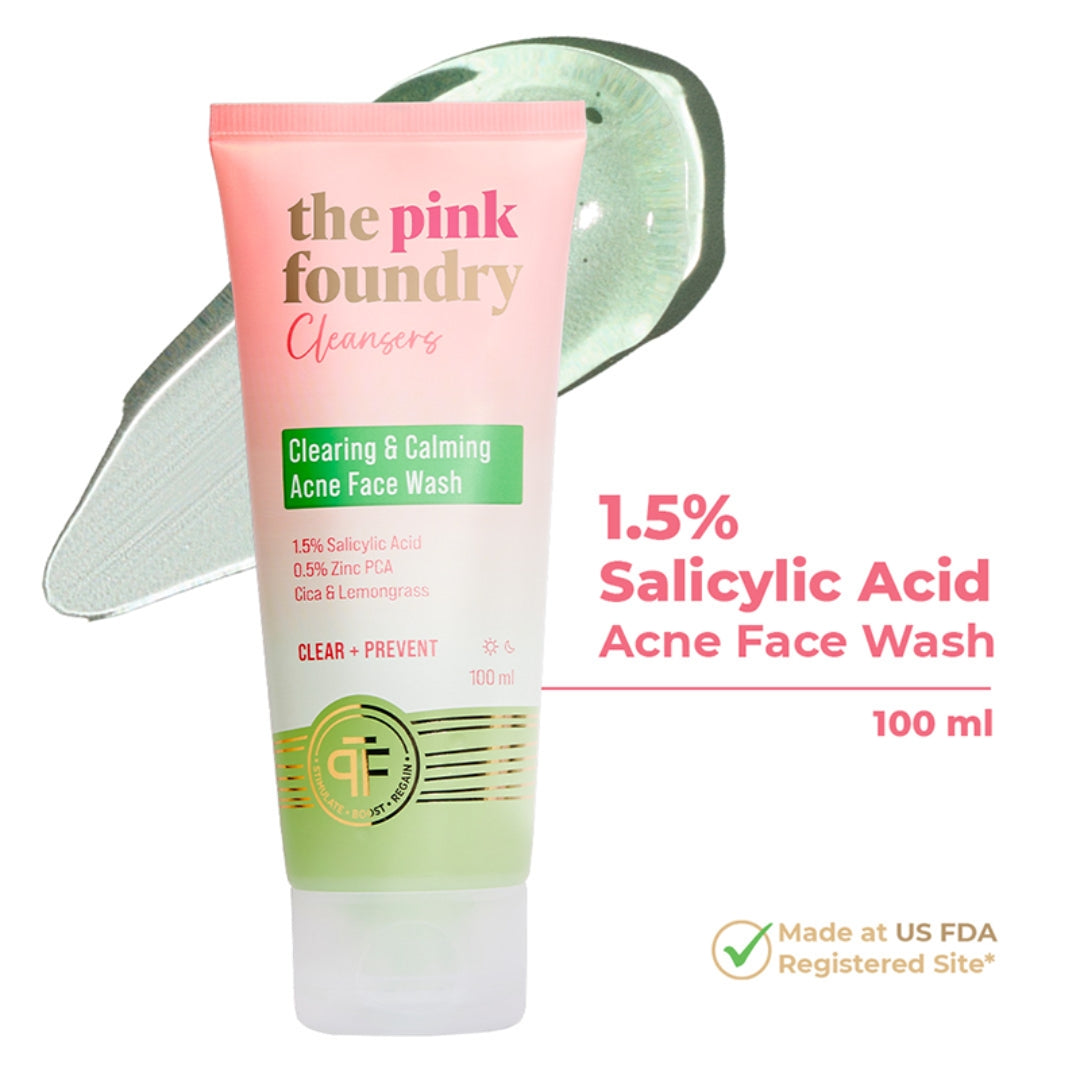
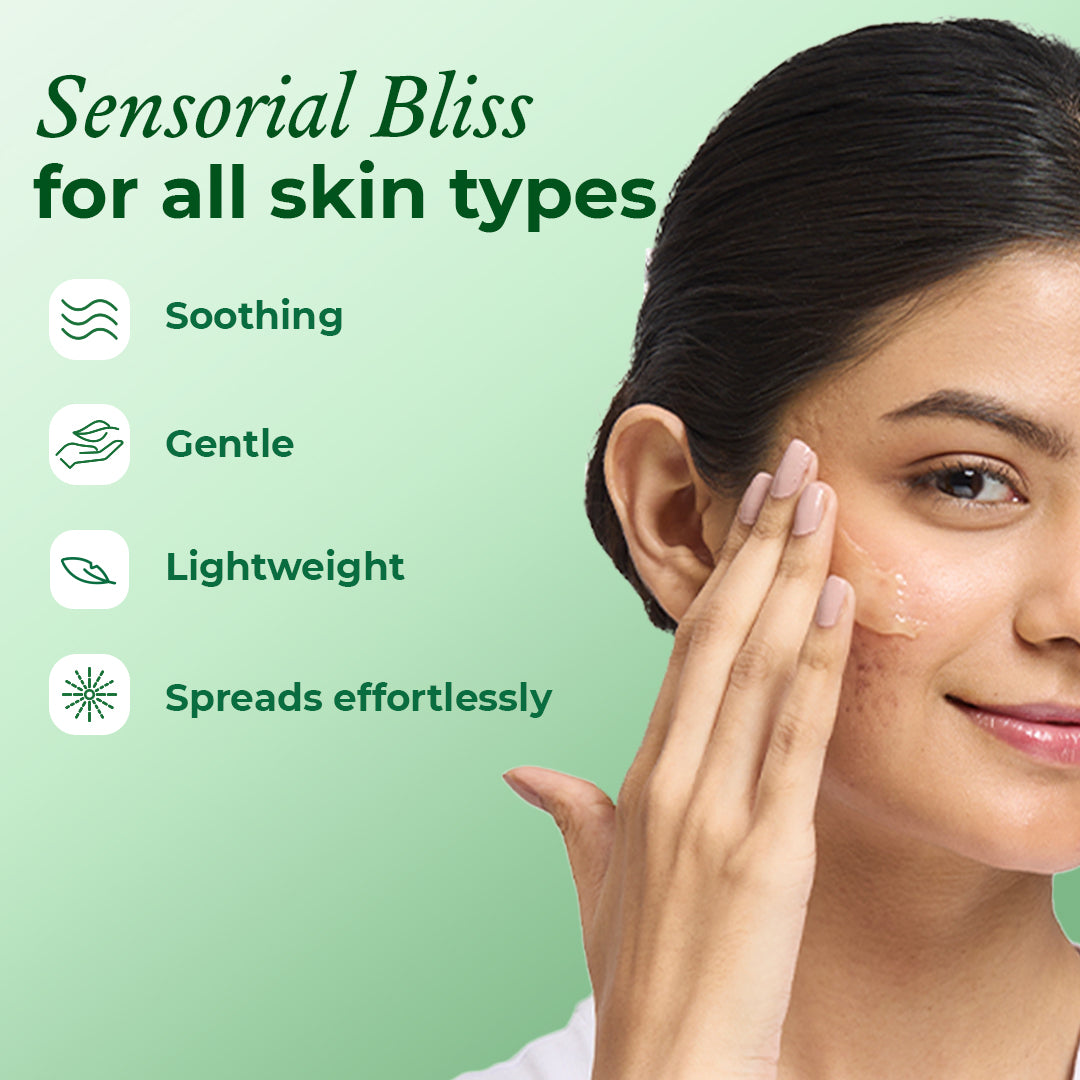
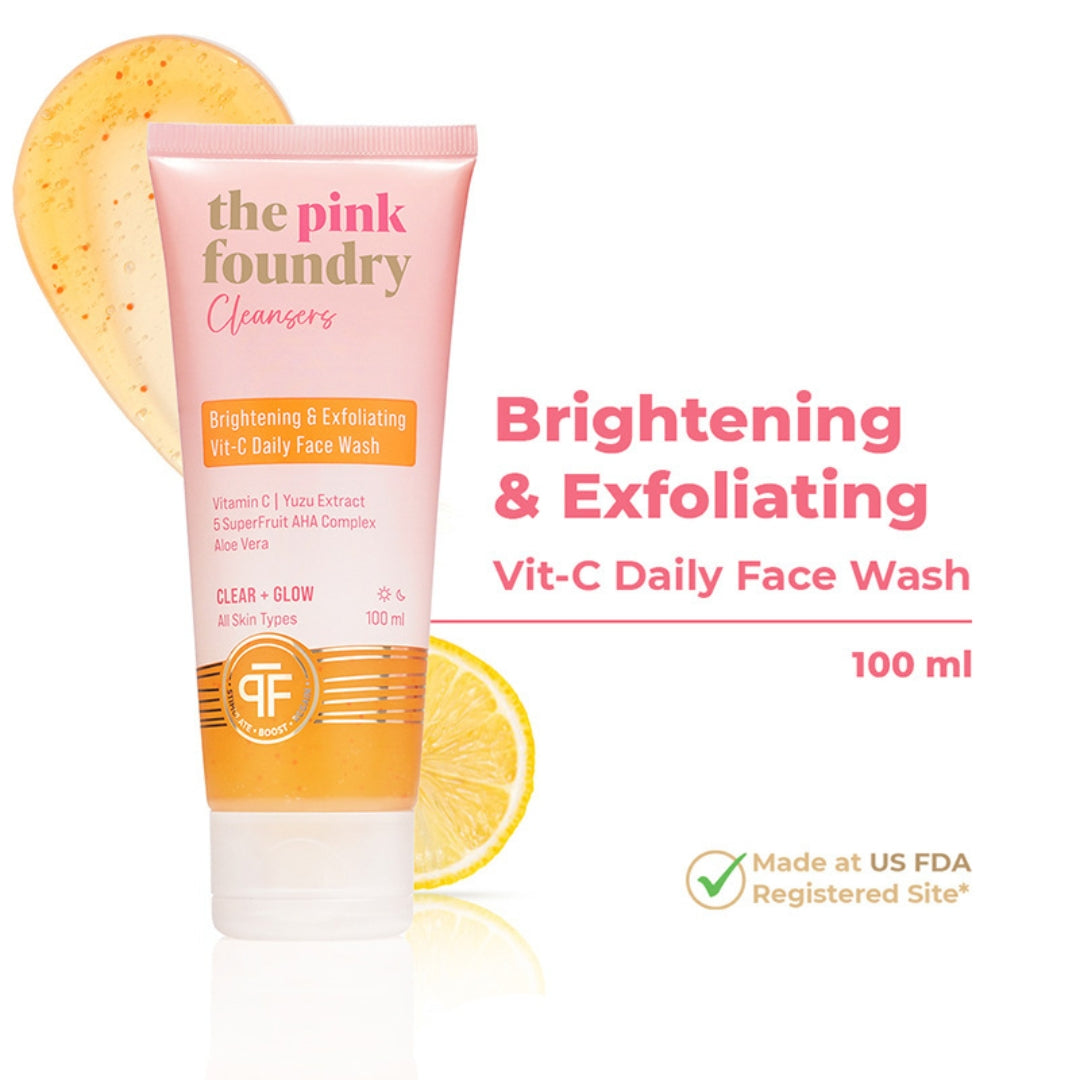
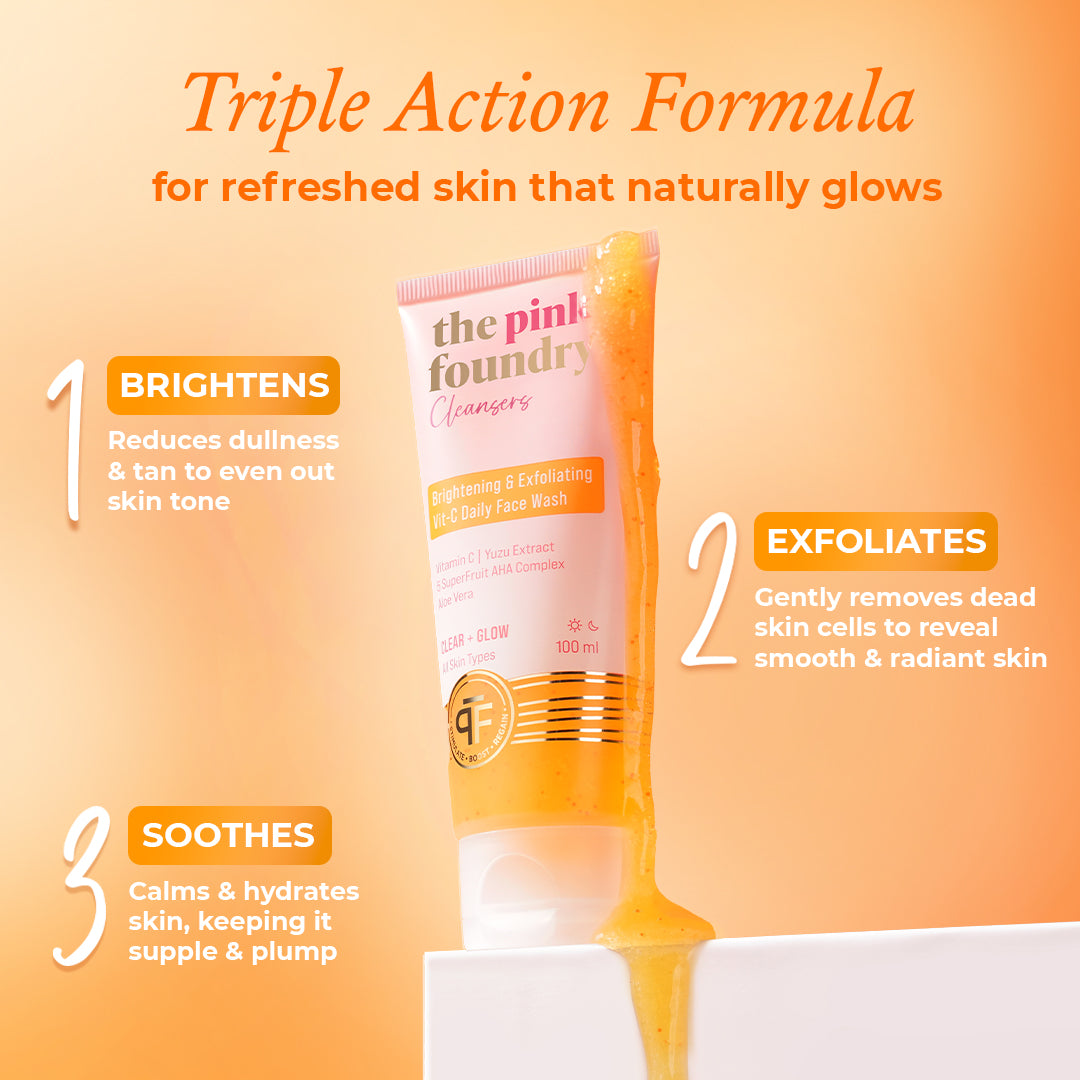
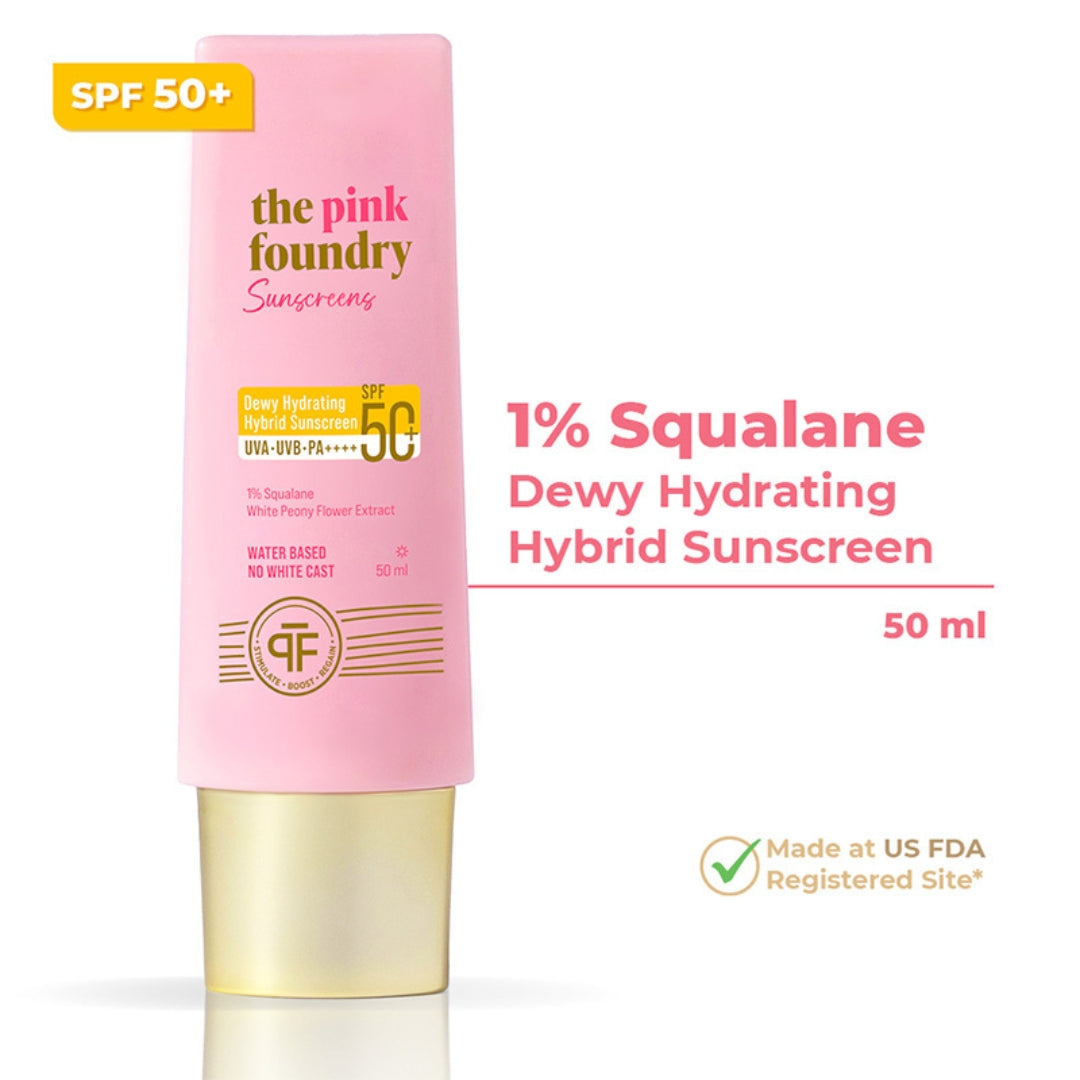
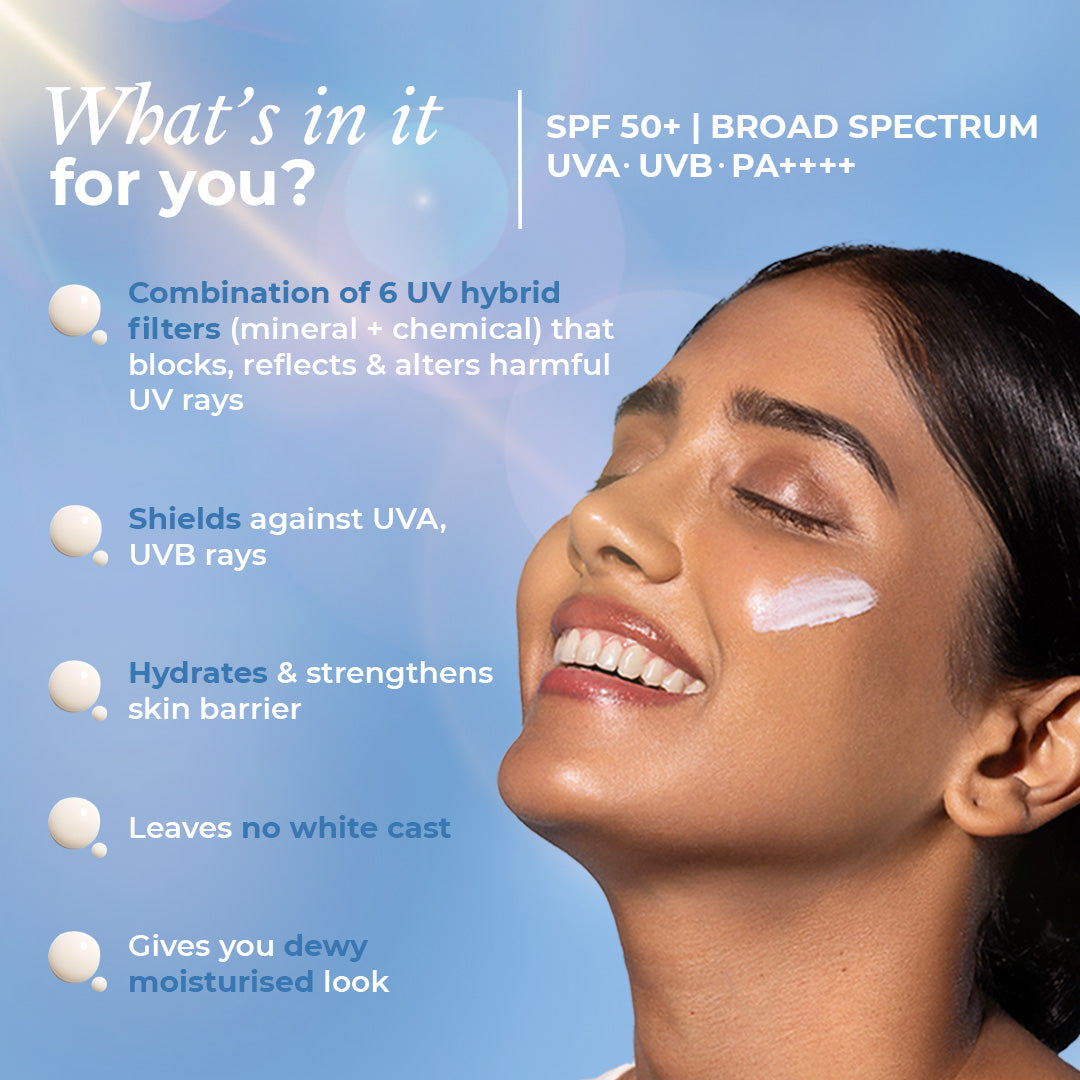
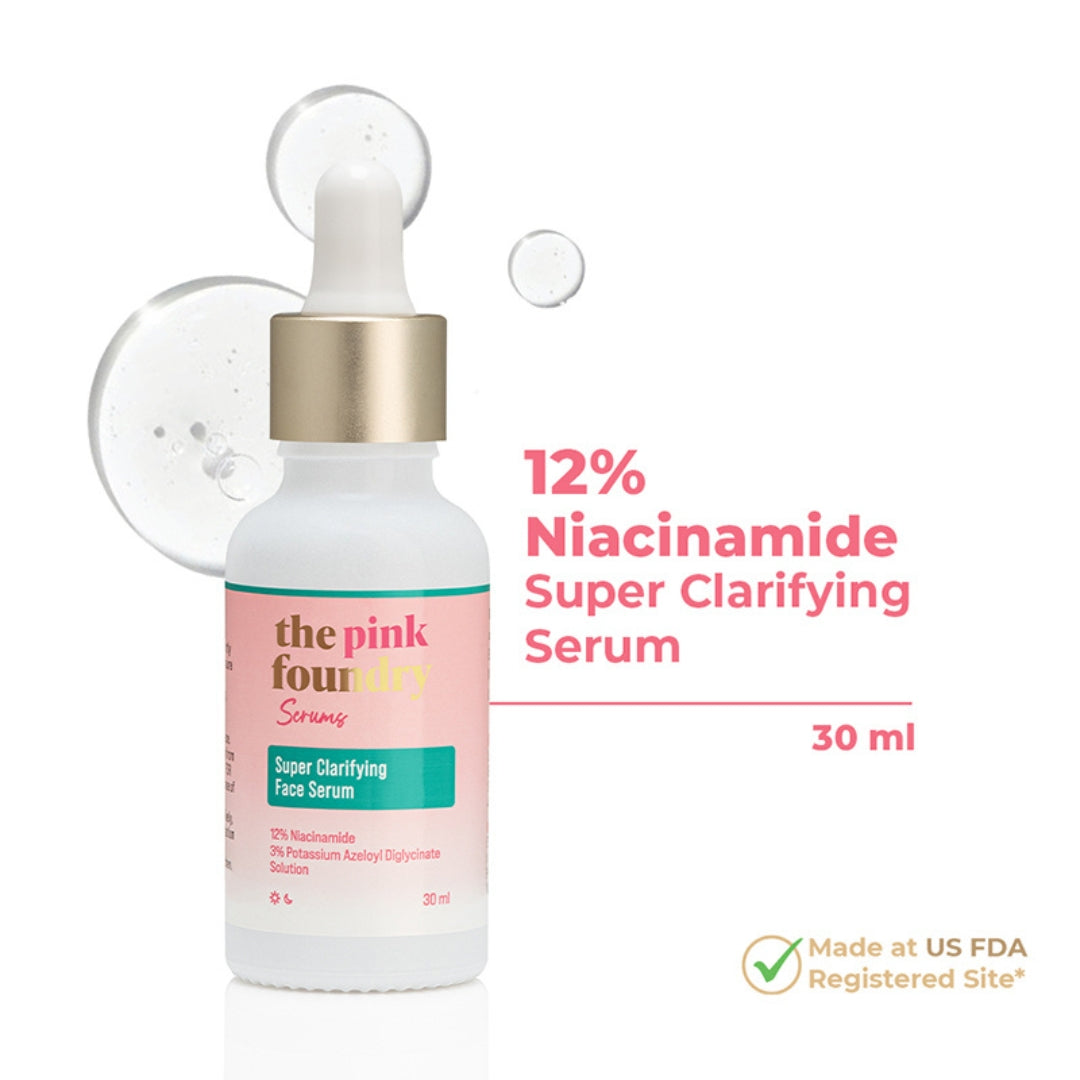
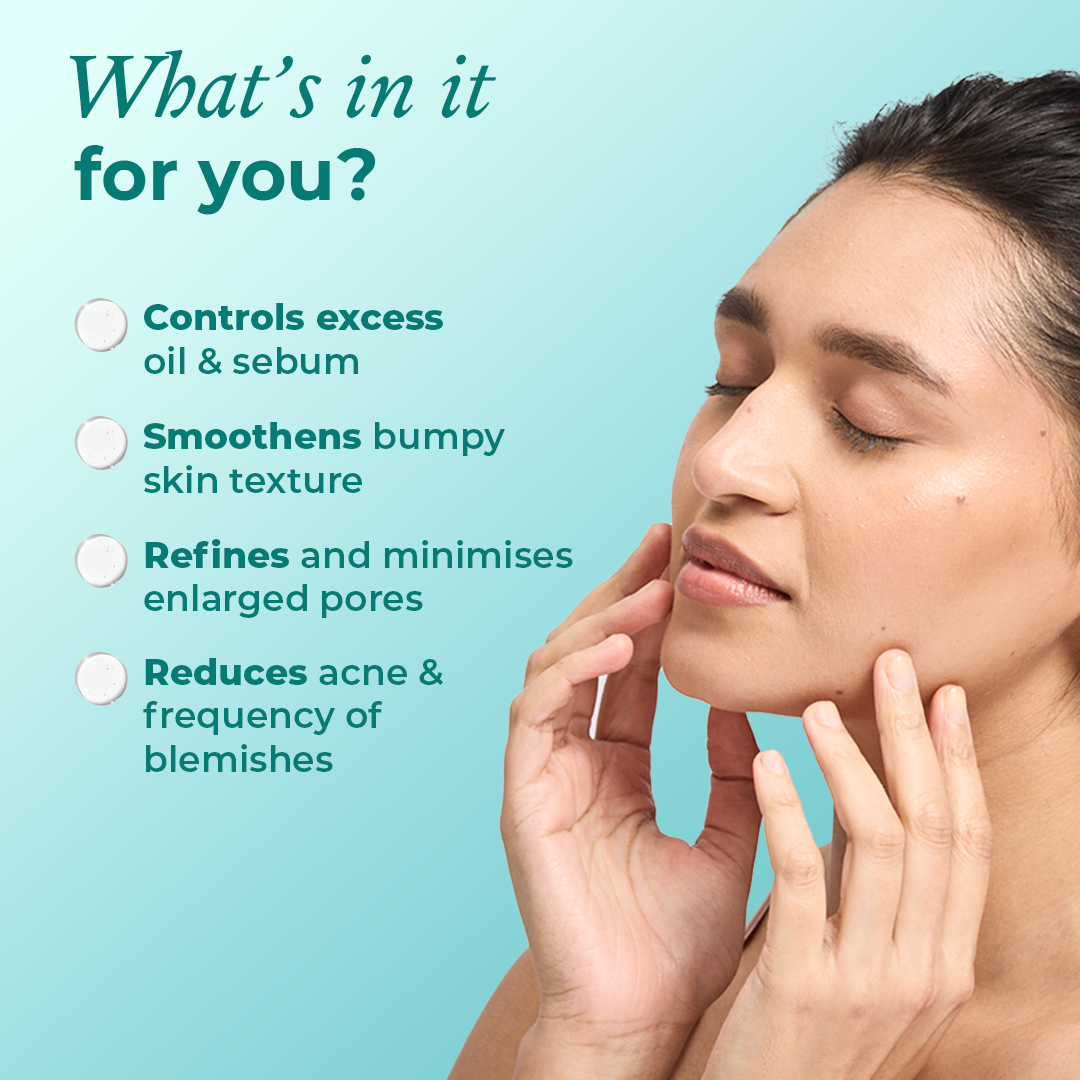
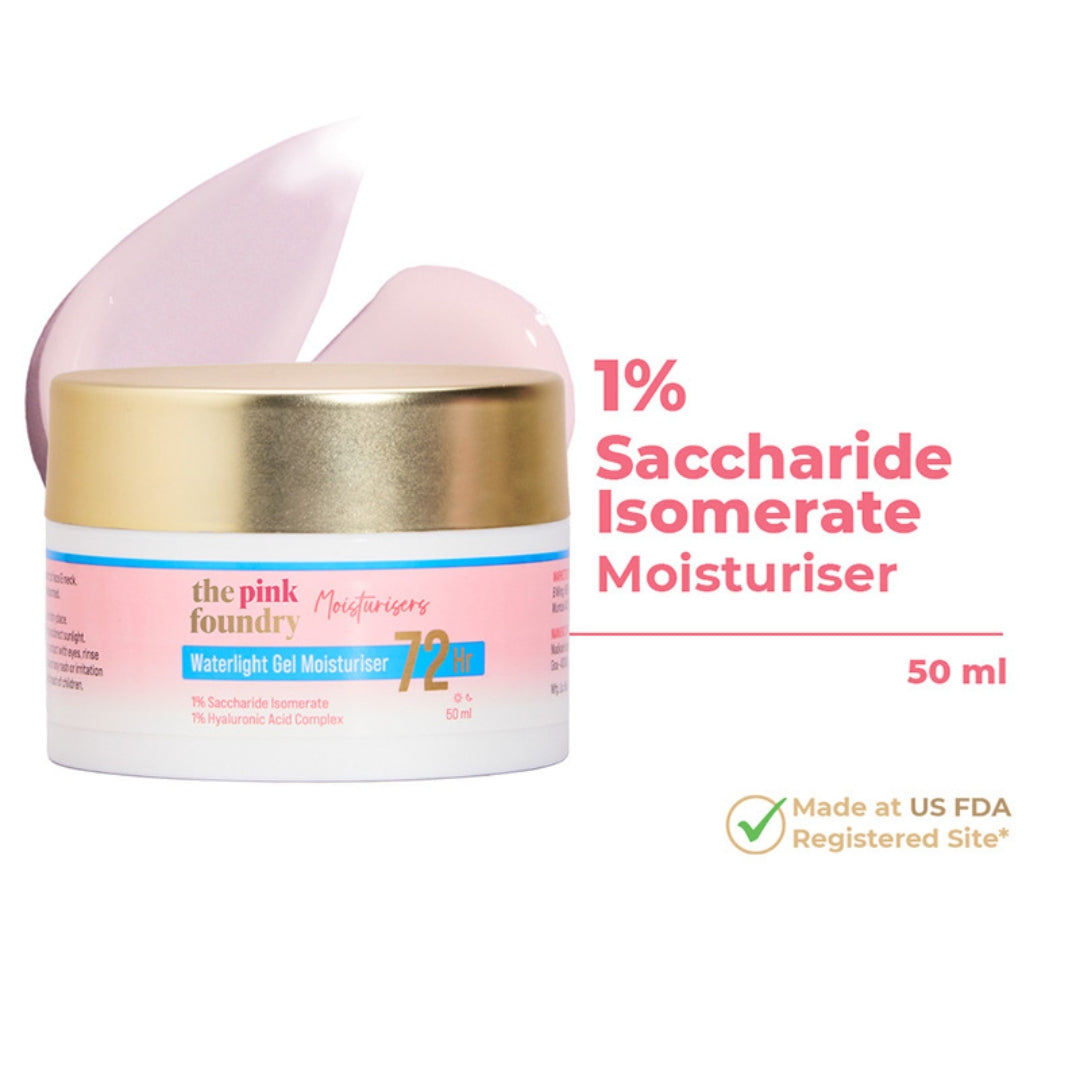
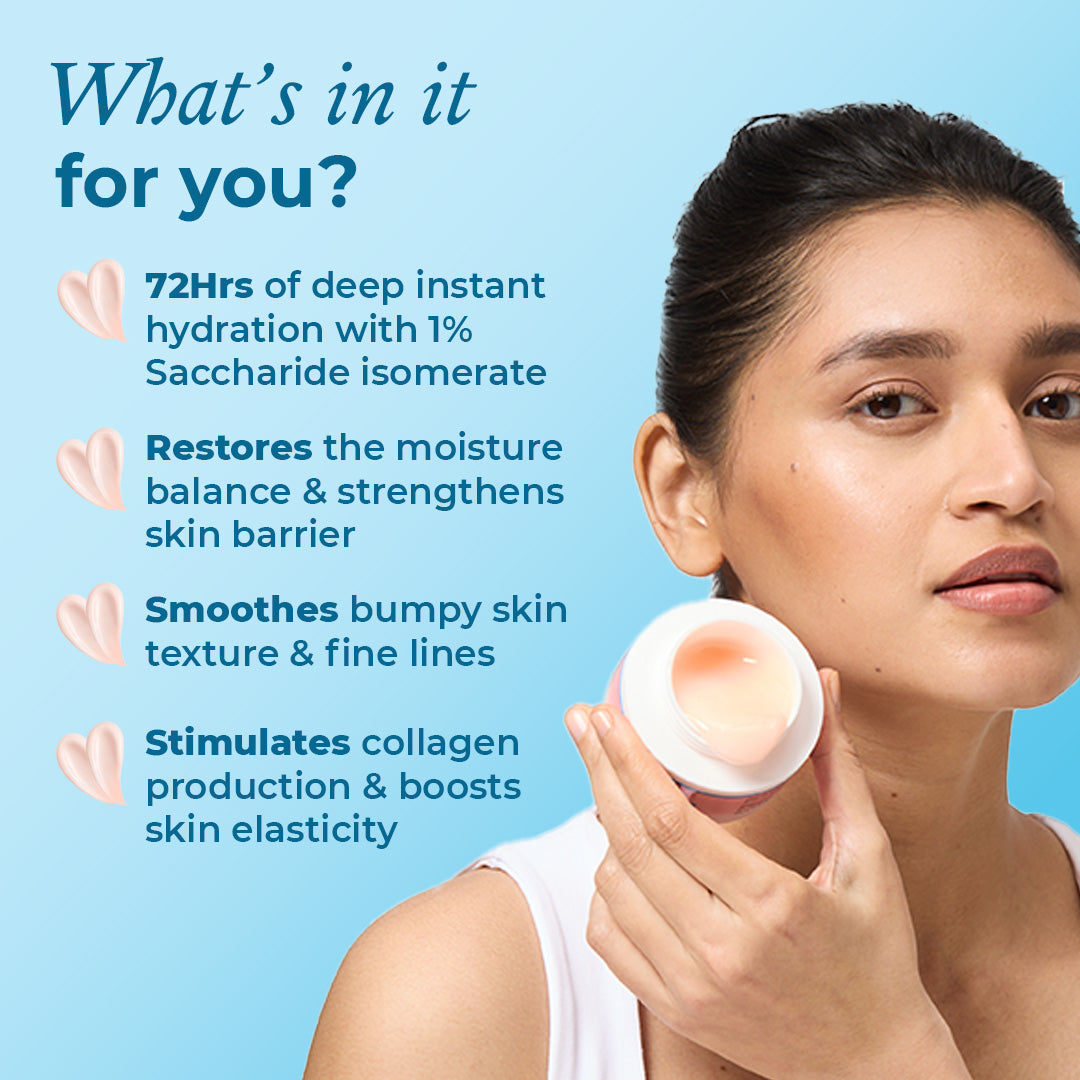




Leave a comment
This site is protected by hCaptcha and the hCaptcha Privacy Policy and Terms of Service apply.